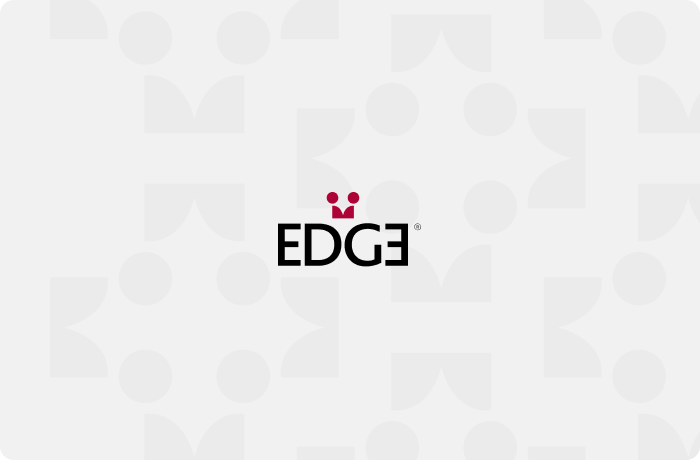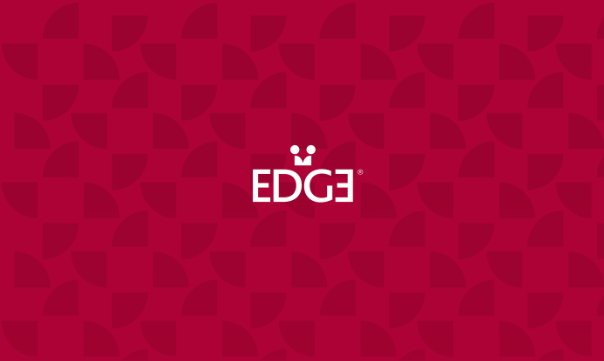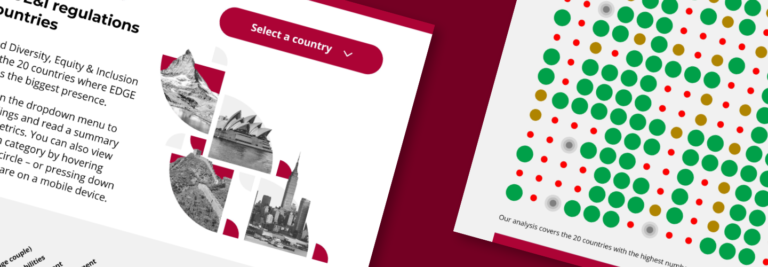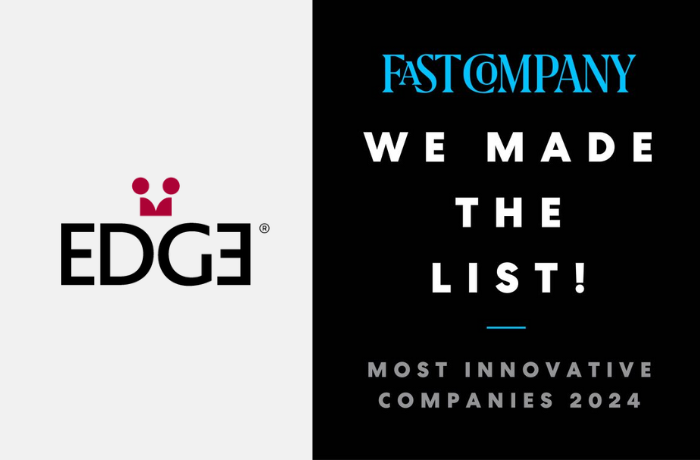ESG Fund Managers are being outed for ‘Greenwashing’ as the authorities step in to regulate – but independently verified sources of ESG data and information can help re-build market integrity
By David Pritchett, Managing Director, EDGE Certified Foundation
When the US Securities and Exchange Commission (SEC) launched an investigation into Deutsche Bank’s asset management arm, DWS Group, in 2021 amidst accusations of ‘greenwashing’ in relation to its ESG Funds, it was the start of what could potentially become a seismic shift in the future regulation of such ethical investments.
A subsequent investigation by the German authorities led to a raid on the bank’s headquarters, a raid that coincided with a punitive fine issued to another major financial institution, BNY Mellon, for ‘mis-statements and omissions about ESG considerations’.
More recently still was the announcement from the SEC that Goldman Sachs, often cited as the most prestigious investment bank on Wall Street, is being investigated as to whether the bank’s actual methods for managing ESG Funds differs to what it has disclosed to investors. Put simply, it is investigating whether its Funds are really as ‘green’ as they are painted.
To single out Goldman Sachs, Deutsche Bank or BNY Mellon is perhaps somewhat unfair. Most likely they are taking the rap for what has been happening across the investment landscape for many years. Many organizations have been cognizant of the risks for some time, but it has been in their best interests to remain silent.
But with ESG Funds under management in the region of $41 trillion globally according to a Bloomberg source, the scale of the potential issue is enormous. Given such a massive acceleration in the desire to invest in ESG products, perhaps what is surprising is that it has taken the SEC – and its equivalent in the European Union (EU) – this long to take positive and meaningful action beyond publishing guidance and engaging in dialogue with fund managers.
An Ambitious Regulatory Disclosure Regime
Change, however, is coming. The meteoric global rise of ESG investing is being met with ‘an equally ambitious regulatory disclosure regime’ (Source – Harvard Law School Forum). In simple terms, the SEC is proposing three ‘layers’ for classifying future ESG Funds:
- Integration Funds – Funds which consider one or more ESG factors alongside other, non-ESG related factors in investment decisions
- ESG-focused Funds – Funds in which ESG is the main consideration
- Impact Funds – Funds where the ESG impact can be meaningfully measured and demonstrated
The SEC’s proposals are closely aligned with the EU’s Sustainable Finance Disclosure Regulation (SFDR) which partially came into effect in March 2021. SFDR regulations aim to bring a level playing field for financial market participants and financial advisers on transparency in relation to sustainability risks, the consideration of adverse sustainability impacts in their investment processes and the provision of sustainability-related information with respect to financial products.
Similar to the SEC, it also specifies three categories of investment product:
- Article 6 products, which integrate ESG considerations or explain why sustainability risk is not relevant
- Article 8 products, which promote environmental and/or social characteristics but do not include sustainable investing as a core objective
- Article 9 products that feature sustainable investment as a core objective
The developments on both sides of the Atlantic, along with emerging regulations in the UK and the Asia-Pacific region, are designed to create a robust regulatory architecture to support marlet integrity and to protect the future investor, many of whom are keen to invest to ‘do good’. While there may be some subtle, nuanced differences, both have future protections in mind, and ensuring financial institutions are more transparent in the true purpose and constitution of the Funds they manage.
‘Greenwashing’ To Include ‘Social’ Mis-Statements
Importantly, while the term ‘greenwashing’ has been loosely used, the conversation regarding the efficacy of future Funds should not be restricted to ‘green issues’ and the environment alone. Indeed ‘greenwashing’ is fast becoming a more generic turn that includes ALL elements within ESG, including ‘Social’ and ‘Governance’. And this adds a further layer of challenge. Whereas some organizations may be able to demonstrate some maturity in environmental compliance, performance assessment and disclosure, they have not yet integrated material social performance indicators into their analytical metrics to the same degree.
Leading impact-oriented consumers into believing they are investing in an ethical Fund when the Fund manager has little or no idea whether they are truly creating or delivering social or environmental good is a dangerous place to be. Only one Fund-type under SEC’s proposed classification sets out to demonstrate ‘impact’; the other Fund-types, including the Integration Fund, do not have to prove any social worth, and yet this is what the consumer believes they are doing, and the Fund manager is doing nothing to persuade them otherwise.
Which leads us to an interesting question: how do financial institutions go about sourcing the required quality data and information to support their ESG fund strategies?
Needing A Reliable, Verifiable Source Of Information
In addition to their own in-house ESG research, financial institutions rely, often to a large extent, on the information provided to them through external data and research providers, and the ESG ratings agencies and indexes. But where, in turn, do they source their information from?
Essentially this is either through own review of company disclosures and publicly available information, or through dedicated ESG-related assessment questionnaires that companies within each defined universe are requested to respond to. Both of these sources run the risk that unvalidated data (i.e data and information without meaningful expert third-party verification against an objective set of standards) is being used for mainstream ESG investment analysis.
Some research and indexes providers recognise this and are already, for example, looking to more reliable sources of information which independently verify an organization’s ‘social’ performance and impact. In the area of Diversity, Equity and Inclusion, S&P Global takes advantage of a methodology developed by the EDGE Certified Foundation and uses this methodology to influence the questions asked in the S&P Global Corporate Sustainability Assessment which is the basis for the Dow Jones Sustainability Indexes. Similarly, EDGE Certification – which measures an organization’s commitment to DE&I – is used in the scoring criteria for both Bloomberg and Equileap in their Gender Equality-specific assessment frameworks, and as such the EDGE Certified Foundation is part of the journey in building credibility into ESG Funds (i.e in terms of providing a reliable source of data regarding the organizations in which the Fund is investing) and in delivering confidence to the consumer. EDGE Certified organizations, therefore, have a greater chance to both score highly in ESG rankings and indexes, and of being included in ESG mutual funds.
It should also be noted that similar voluntary standards schemes built on independent third-party verification exist in other ‘social’ areas such as Human Rights, Product Stewardship, Occupational Health and Safety, Supply Chain Management etc.
The naming and shaming of Goldman Sachs and others serve to focus the mind on the ESG investing space and accelerate the need for greater regulation that was already coming. Whether all of the SEC’s proposals will be accepted or not is yet to be seen, but the move should be regarded by financial institutions and Fund managers as an opportunity for getting their proverbial ducks in a row. It will mean being transparent in how and where they source their data, and the threshold and metrics they are using to validate such data. It means also considering source data not just superficially, but also in more granular detail, verified and validated by independent experts who can deliver the credibility and integrity it needs.
The time of playing hard and fast with the truth is over. Now the real journey towards fully transparent ESG investing that is measurable, sustainable and demonstrable begins.




